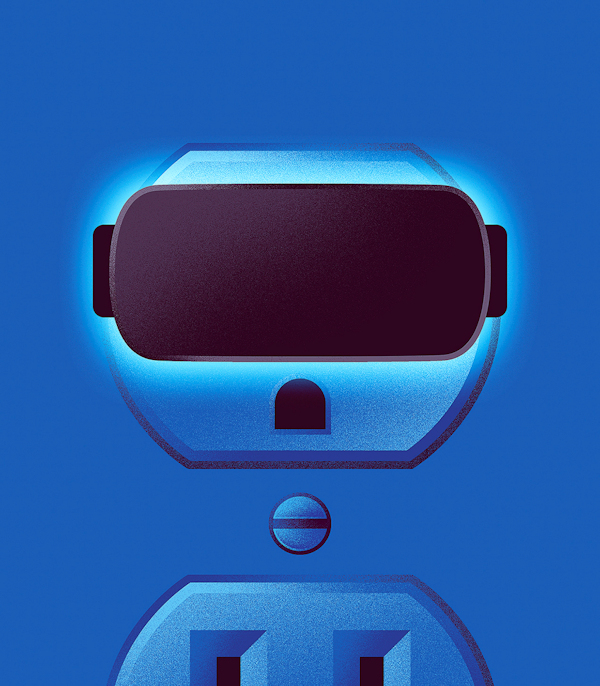[Another early-days but promising application of presence-evoking technology involves putting users ‘inside’ a city’s or nation’s technology infrastructure to maintain equipment and diagnose (and hopefully repair) problems; this story is from Fortune, where the original includes a 2:23 minute video. –Matthew]

Virtual Reality Goes Electric
Utility PG&E thinks VR technology may make inspecting equipment faster and safer.
by Jonathan Vanian
September 28, 2016
For an electric utility, a technical glitch could trigger a huge blackout, plunging entire cities into darkness.
Typically such an event would require utility workers to scramble to a faraway substation. But what if they instead strap on virtual-reality headsets and walk through a model of the facility to troubleshoot?
Could technology once seen only in sci-fi films help a utility company save precious minutes diagnosing a critical problem?
This is the future as envisioned by California utility PG&E, which is working on virtual-reality technology with data-crunching startup Space-Time Insight. PG&E says virtual reality could provide a quicker and safer way for workers to inspect equipment without the risk of getting zapped.
At this point, the experiment is still more dream than reality. Space-Time has created a 3D copy of only one PG&E substation. And during a recent demonstration, that imagery seemed cartoonish—like a 1990s-era videogame. But as virtual-reality technology improves and the testing continues, the companies hope to create more comprehensive and realistic imagery of the utility’s electrical grid.
Eric Back, who oversees PG&E’s facility infrastructure, says the advantage of viewing data in 3D is that it’s more immersive and easier to absorb. Numbers on a computer screen are more difficult to digest.
“When you go three-dimensional, your brain operates entirely differently,” Back says.
Workers wearing virtual-reality goggles, for example, could be alerted to a failing circuit breaker by the image of faux green gas spewing from the equipment. After approaching, they could make a small screen appear showing information like the circuit breaker’s age and manufacturer.
Inspecting and maintaining equipment is a huge challenge for PG&E, which has nearly 150,000 miles of transmission and distribution lines. By crunching data, PG&E hopes to better predict when its infrastructure might fail.
That’s where Space-Time Insight, based in San Mateo, Calif., comes in. It handles data crunching, hosted on Amazon Web Services, for utilities in addition to selling tools to help those utilities monitor equipment health and performance.
Space-Time Insight built a version of its data-viewing tool using the Oculus Rift, the headset made by the Facebook-owned VR company. PG&E’s experiment also relies on the Oculus Rift.
Rob Schilling, CEO of Space-Time Insight, sees a big future for the intersection of virtual reality and data. But headset prices must drop first, he says, and the technology must improve so workers in virtual reality don’t get seasick.
“It’s still not all the way there,” Schilling says, “but it’s coming fast.”
For more on VR, watch the Fortune video [in the original story].